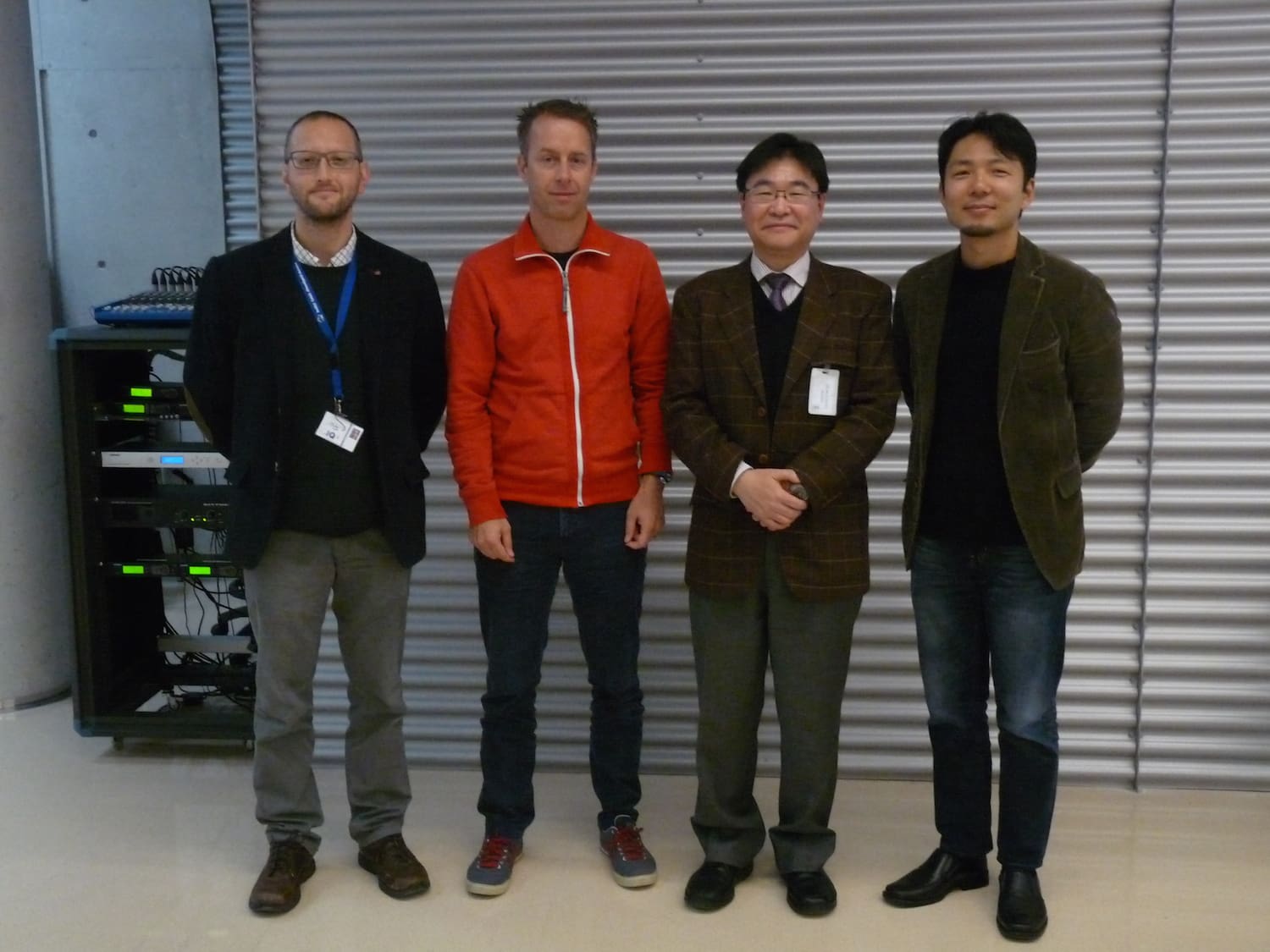
 15/12/2016
15/12/2016
 12:00 h
12:00 h
 ICIQ Auditorium
ICIQ Auditorium
- Lecturer: Prof. Keiichi Tomishige
- University: Tohoku University, Japan
- Sponsored by:

Deoxydehydration reactions over heterogeneous Re catalysts on CeO2 using hydrogen as a reductant for the production of biomass-derived chemicals
The deoxydehydration is utilized for the selective conversion and we have developed the heterogeneous catalysts for the deoxydehydration reaction. Recently we found that ReOx-Pd/CeO2 showed excellent performance for simultaneous hydrodeoxygenation of vicinal OH groups in various substrates via deoxydehydration. High yield (>99%), turnover frequency, and turnover number were obtained in the reaction of 1,4-anhydroerythritol to tetrahydrofuran [1, 2]. This catalyst is also applicable to the conversion of sugar alcohols, and mono-alcohols and diols were obtained in high yields from substrates with even and odd numbers of OH groups, respectively [1]. In addition, ReOx-Au/CeO2 catalyzed the conversion of glycerol and erythritol to allyl alcohol and 1,3-butadiene in high yield (91% and 81%), respectively [3].
[1] Ota, N.; Tamura, M.; Nakagawa, K.; Okumura, K.; Tomishige, K. Angew. Chem. Int. Ed. 2015, 54, 1897-1900.
[2] Ota, N.; Tamura, M.; Nakagawa, K.; Okumura, K.; Tomishige, K. ACS Catal. 2016, 6, 3213-3226.
[3] Tazawa, S.; Ota, N.; Tamura, M.; Nakagawa, K.; Okumura, K.; Tomishige, K. ACS Catal. 2016, 6, 6393-6397
Other events

Let's create a brighter future
Join our team to work with renowned researchers, tackle groundbreaking
projects and contribute to meaningful scientific advancements




















